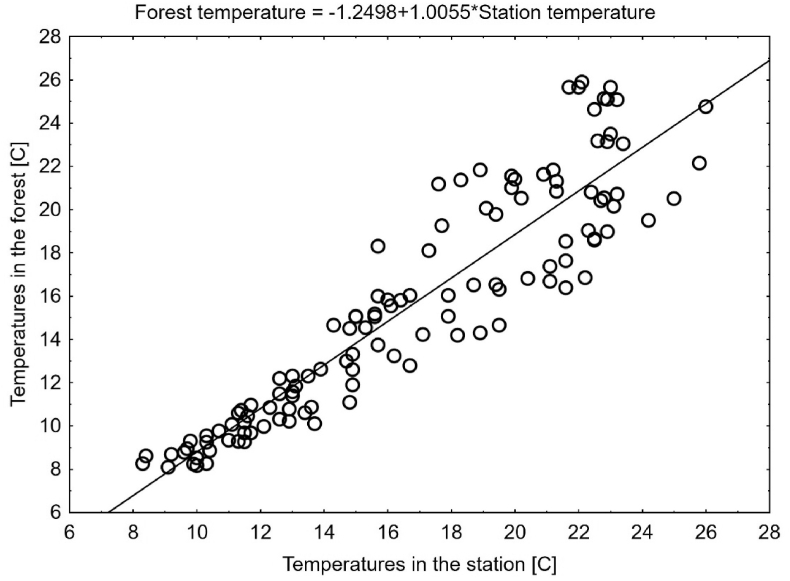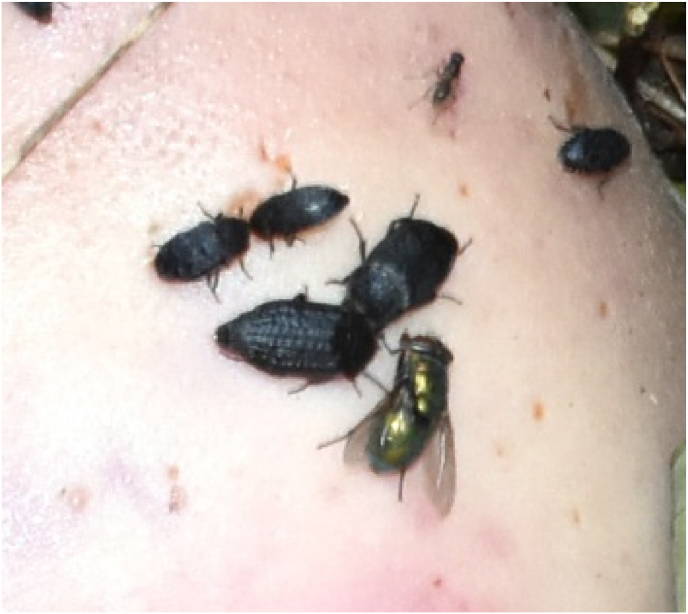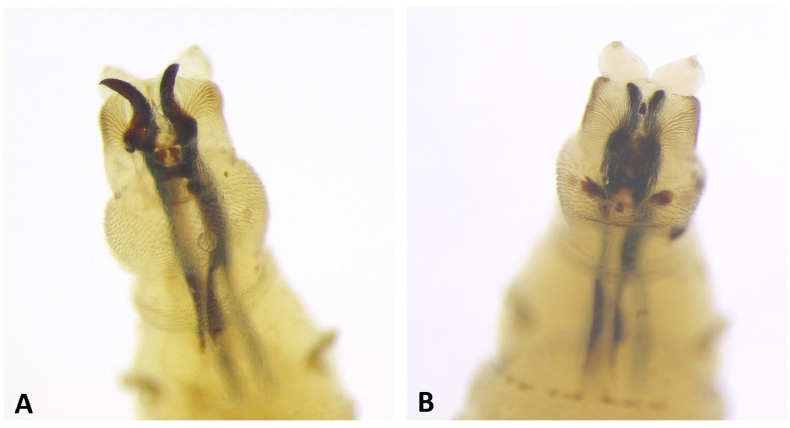When insect development meets insect succession: Advantages of combining different methods and insect taxa in estimating the post-mortem interval
Q1 Social Sciences
引用次数: 0
Abstract
Insects are frequently used to estimate post-mortem interval (PMI). Experts usually base their estimates on a single insect taxon and use a single estimation method, even if multiple taxa are present on a cadaver or multiple methods can be applied. In this article we present a case report where multiple insect evidence and methods were used in a homicide case to estimate PMI. Since the true PMI was known, we were able to assess the estimation errors of each method as applied to particular insect evidence. The final grand PMI was derived from a developmental estimate based on third instar larvae of Lucilia illustris/L. caesar species group and a successional estimate based on adult Thanatophilus rugosus beetles. By averaging these estimates we got the grand PMI of almost perfect accuracy (1 % relative error, PMI range: 4.39 ± 0.77 days), which is of course an exceptional situation for entomological methods of estimating PMI. Furthermore, this was the first case report in which the presence and absence of subsequent life stages of carrion insects coupled with the estimation of their pre-appearance interval were used to estimate the PMI range. The results regarding the minimum PMI were fully consistent with the results obtained using the classical developmental method. This finding indicates that in some cases the presence/absence method can be used interchangeably with the developmental method. Finally, we discussed the prospects and limitations of combining insect evidence and methods of their analysis in estimating PMI.



当昆虫发育满足昆虫演替时:结合不同方法和昆虫类群估算死后间隔的优势。
昆虫经常被用来估计死后间隔(PMI)。专家们通常以单一昆虫分类群为基础,使用单一的估计方法,即使一具尸体上有多个分类群,或者可以应用多种方法。在这篇文章中,我们提出了一个案例报告,其中多种昆虫的证据和方法在一个杀人案件估计PMI。由于真实的PMI是已知的,我们能够评估每种方法在应用于特定昆虫证据时的估计误差。最终的大PMI是根据绿蝇3龄幼虫的发育估计得出的。凯撒种群及基于成虫的演替估算。通过对这些估计进行平均,我们得到了几乎完美精度的大PMI(相对误差为1%,PMI范围为4.39±0.77天),这当然是昆虫学方法估计PMI的例外情况。此外,这是第一个案例报告,其中存在和不存在的后续生命阶段的腐肉昆虫加上估计他们的出现前的间隔被用来估计PMI范围。最小PMI的计算结果与经典发展方法的计算结果完全一致。这一发现表明,在某些情况下,存在/缺失法可以与发育法互换使用。最后,我们讨论了结合昆虫证据及其分析方法估算PMI的前景和局限性。
本文章由计算机程序翻译,如有差异,请以英文原文为准。
求助全文
约1分钟内获得全文
求助全文
来源期刊

Forensic Science International: Synergy
Social Sciences-Law
CiteScore
4.90
自引率
0.00%
发文量
75
审稿时长
90 days
 求助内容:
求助内容: 应助结果提醒方式:
应助结果提醒方式:


